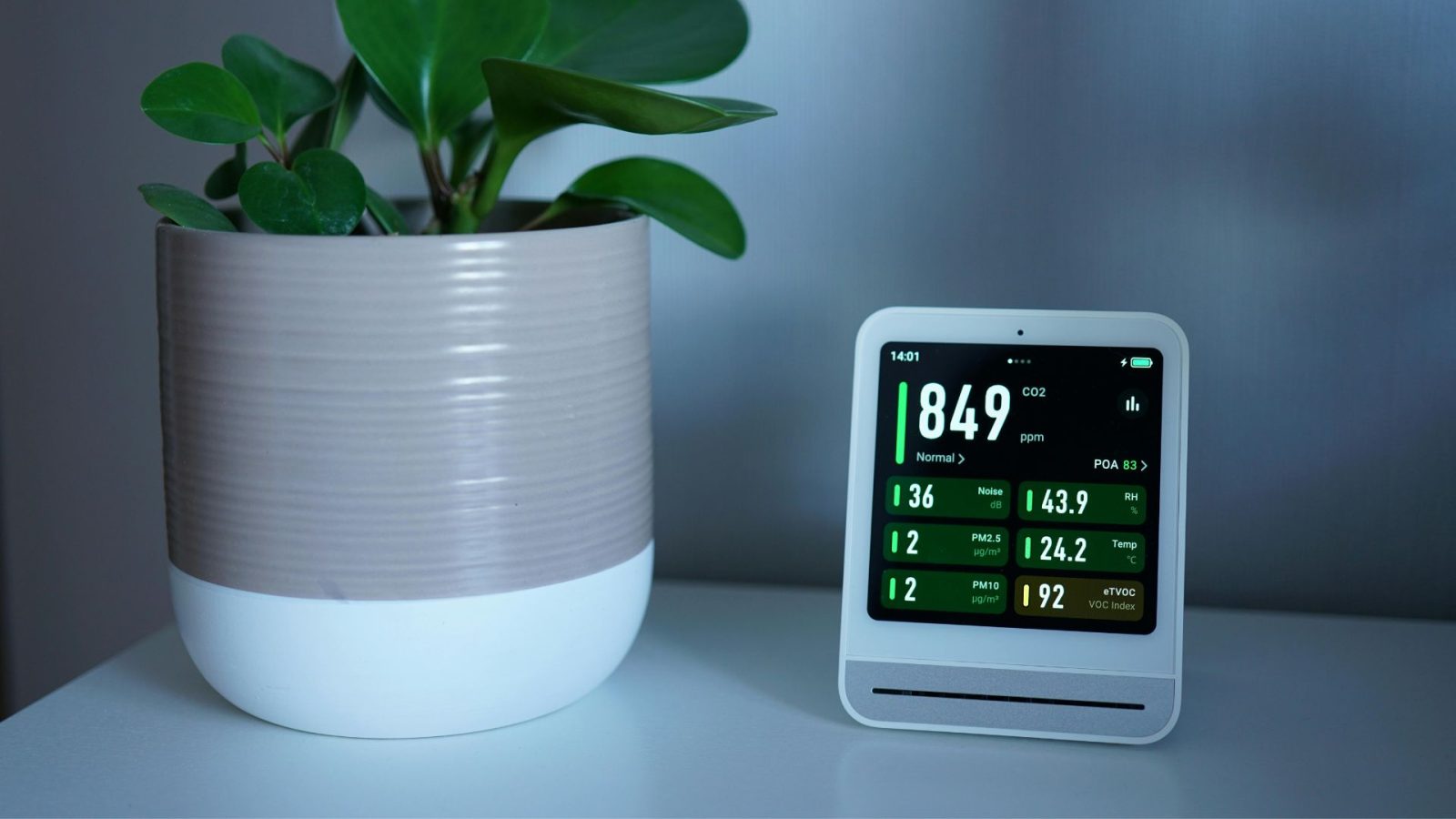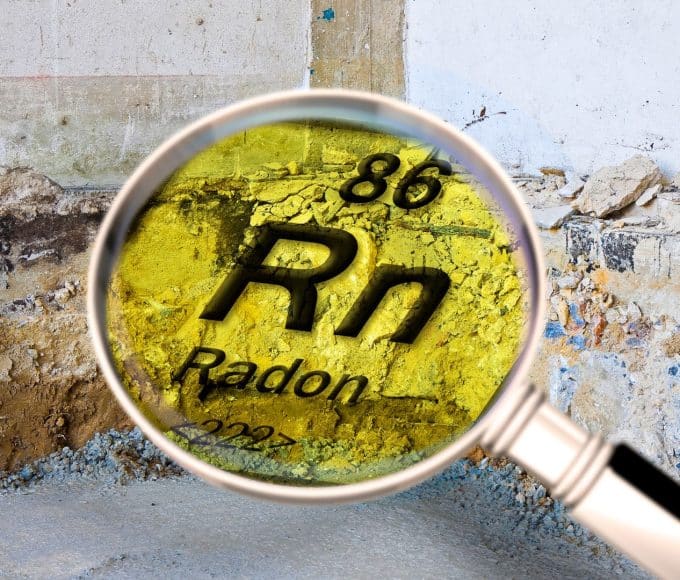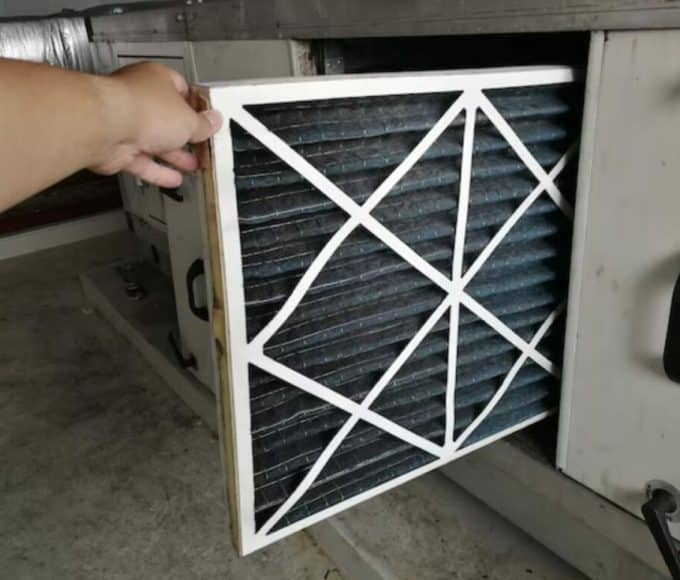Indoor air quality plays a pivotal role in your overall well-being, but many of us rarely stop to think about what’s circulating in our homes. From allergens to pollutants, unseen threats could be impacting your health. Learning how at-home air quality tests work can help you identify these issues and improve your living environment. This blog dives into what these tests measure, how they operate, and why they’re a game-changer for your health.
What Do At-Home Air Quality Tests Detect?
There are plenty of reasons you should measure your indoor air quality. Above all, these tests can give you insights into how your home affects your well-being. At-home air quality tests focus on identifying harmful particles and pollutants that might be invisible but damaging. These tests often measure dust, mold spores, pollen, and pet dander, which commonly trigger allergies.
Additionally, some tests can detect harmful gases like carbon monoxide and volatile organic compounds (VOCs), which can come from painted walls, furniture, or cleaning products. Knowing what’s lingering in your home is the first step toward creating a healthier space.
How Do These Tests Work?
Most DIY air quality tests are simple to use and don’t require technical expertise. Many kits use small sensors that capture and analyze the particles in your air. The devices might provide instant readings or collect samples for lab analysis. Some high-tech options pair with smartphone apps to help you visualize and understand the results. Whether you go high-tech or budget-friendly, these tools can give you valuable insights about your home’s air.
What Can You Do With the Results?
Once your test provides the results, you can take practical steps to improve your air quality. This might include adding air purifiers, replacing HVAC filters, or improving ventilation. Another underrated solution is incorporating greenery into your home. Several plants can contribute to cleaner air by absorbing toxins and releasing oxygen. Using your results to guide action makes your home healthier and more comfortable.
Proactive Air Care
Air quality tests don’t just reveal problems but also enable you to monitor improvements over time. Investing in regular tests helps you track the effectiveness of changes you’ve made, like switching to non-toxic cleaners or adjusting humidity levels. Proactively managing your air is key to long-term health benefits.
Better Air Equals Better Living
Understanding how at-home air quality tests work is an empowering step toward healthier living. These tools shed light on the unseen factors that can affect your health and provide you with actionable ways to address them. Clean air doesn’t just mean a cleaner home; it means better sleep, sharper focus, and long-term wellness. Take a breath of fresh air and start improving yours today!















